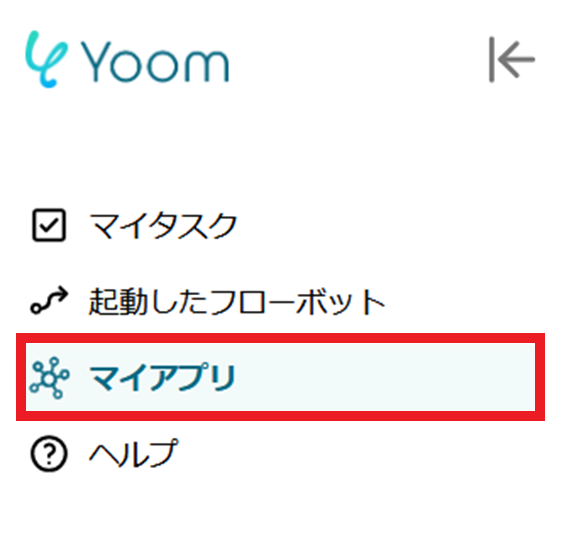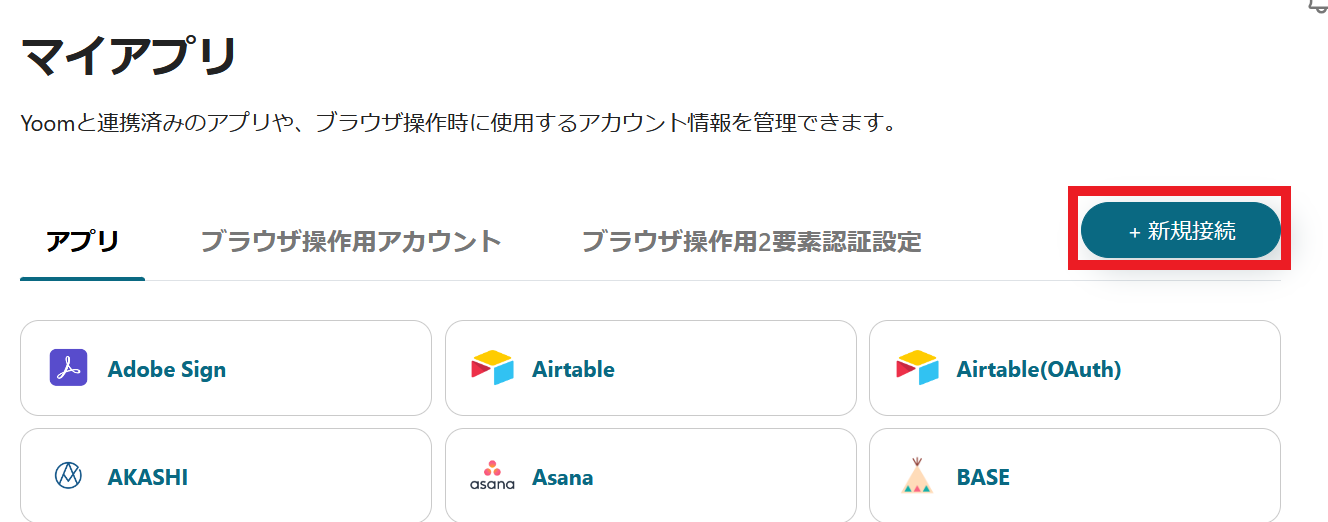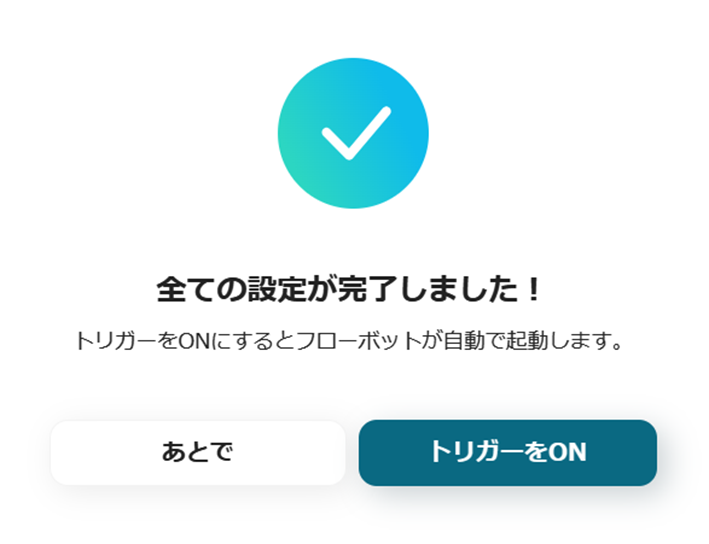Easily set up in just 4 steps.
1. Register My Apps with WooCommerce and Airtable
2. Set up a trigger to activate when an order is created in WooCommerce
3. Set up to create a record in Airtable
4. Test and verify
Step 1: Integrate My Apps with WooCommerce and Airtable
1. Log in to your Yoom account.
If you don't have an account, please create one first on the Yoom account creation page.
Click on "My Apps" and select "New Connection".

2. Click on New Connection.

3. You can search by app name from the red frame. This time, please search and register WooCommerce and Airtable respectively.
Once registration in My Apps is complete, the icons for WooCommerce and Airtable will be displayed in My Apps. Please confirm.

For details on integrating Airtable with My Apps, please refer to the following link
How to register Airtable with My Apps
For more detailed information about Yoom, please check the Yoom Help Center.
Select a Template and Prepare Storage Location
Please click "Try it" from the link below.














.avif)













.avif)
.png)
.avif)






